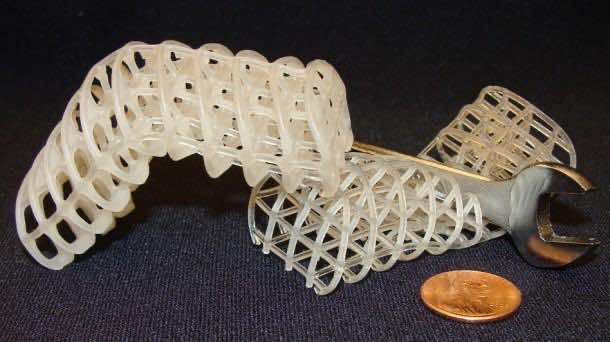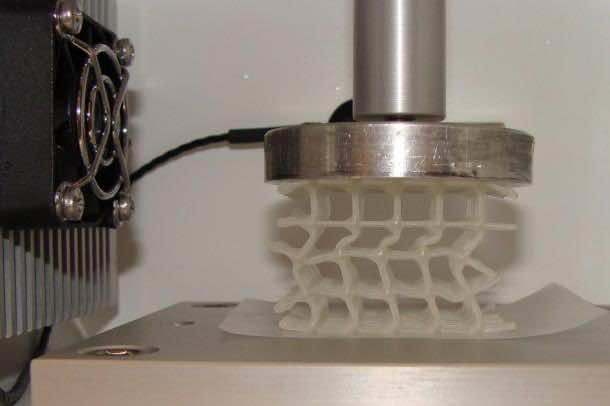We all remember the T-1000 robot from Terminator 2; yup, that police guy who could morph into liquid like state and then become solid again. Why are we talking about him, because, the technology that was shown off in that sci-fi movie has been transformed into a reality now. 
This material owing to its mixture of wax and foam is capable of being the doorway to a whole new generation of robots that will be capable of morphing into different states. It has been developed by Anette Hosoi who is a mechanical engineering professor at MIT and aims at imparting shape morphing qualities to robots at low costs.
The immediate applications, as opposed to the T-1000, include robots that will be used for surgery and rescue operations. The surgical robots would be able to move through the body to the affected area without causing any damage whereas the rescue robots will be able to move through small openings. This material has been described in a paper published by the journal Macromolecular Materials and Engineering.
The material was created by coating a foam lattice structure in wax. Foam was chosen because it can be easily squeezed into a small fraction of its normal size, however, once released it is capable of bouncing back to its original shape. The wax coating was chosen since it can easily transform from a hard state to a soft surface by application of heat. According to Professor Hosoi, the heating effect was achieved by placing a wire along each of the struts and applying current that resulted in the melting of wax. Once the current is switched off, the material cools down and regains its original shape. Such heating also allows for self heating of the material to take place.
Professor Hosoi explained; ‘This material is self-healing. So if you push it too far and fracture the coating, you can heat it and then cool it, and the structure returns to its original configuration.’ The co-author of the study Nadia Cheng stated that; ‘A lot of materials innovation can be very expensive, but in this case you could just buy really low-cost polyurethane foam and some wax from a craft store.’
According to Professor Hosoi; ‘You can’t just create a bowl of Jell-O, because if the Jell-O has to manipulate an object, it would simply deform without applying significant pressure to the thing it was trying to move. If you’re trying to squeeze under a door, for example, you should opt for a soft state, but if you want to pick up a hammer or open a window, you need at least part of the machine to be rigid.’


